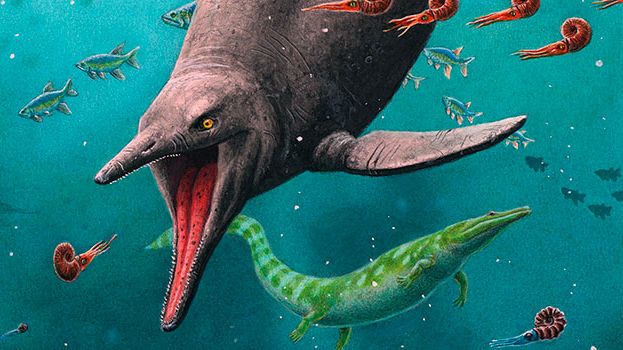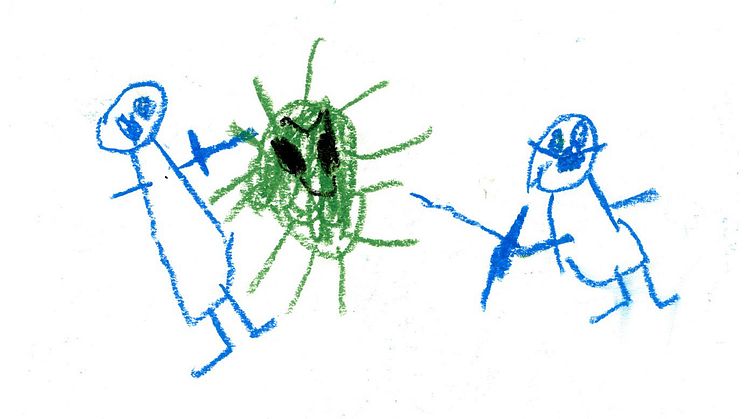Atmospheric circulation patterns contribute to extreme weather events
The sharp increase in heatwaves in southern Europe in recent years is not only due to the greenhouse effect. Climate change has made a particular type of atmospheric circulation pattern more common, and this has contributed to extreme weather and been the underlying cause of nine out of ten heat-related deaths. This is according to a new study by researchers from Uppsala University and CNRS.




